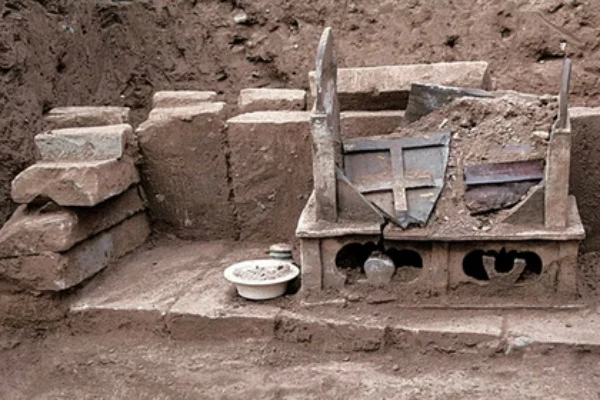
The ancient population of the Yellow River basin was neat and diligent.
As a result of a six-year comprehensive archaeological survey aimed at discovering ancient stone fortresses from prehistoric times to the Shang dynasty (around 1600 BC – 1046 BC) in northwestern China, 573 such structures have been found.
The relevant work in the Yulin district of Shaanxi province began in 2019. Using existing maps of water systems, archaeologists identified the locations of ancient fortresses, after which sample collection, aerial photography, and mapping of the discovered sites were organized.
According to the survey, the mentioned fortresses existed from 2800 BC to 1000 BC, that is, from the late period of the Neolithic Yangshao culture to the intersection of the Shang and Zhou dynasties (1046 BC – 256 BC).
The area of the Yangshao cultures is the middle reaches of the Yellow River and its main tributary, the Wei River (entirely or partially within the territories of modern Shandong, Hebei, Henan, Shanxi, Shaanxi, Ningxia, and Gansu provinces). Some scholars believe that the Yangshao people came to the Yellow River from the south. It is assumed that they spoke one of the Sino-Tibetan languages.
The most developed crafts were the production of tools from stone and bone and pottery. Stone and bone products were carefully polished and often had neatly drilled holes. Weaving was also a common craft.
At the end of the 3rd millennium BC, the Yangshao cultural group was succeeded by a group of late Neolithic cultures of black pottery, commonly referred to as Longshan.
The head of the research group, Ma Mingzhi, noted in a conversation with journalists that most of the discovered structures are located along riverbanks. The fortresses were often surrounded by several settlements without defensive stone walls, which clearly demonstrates their clustered interrelationship, the scholar explained.













Leave a comment